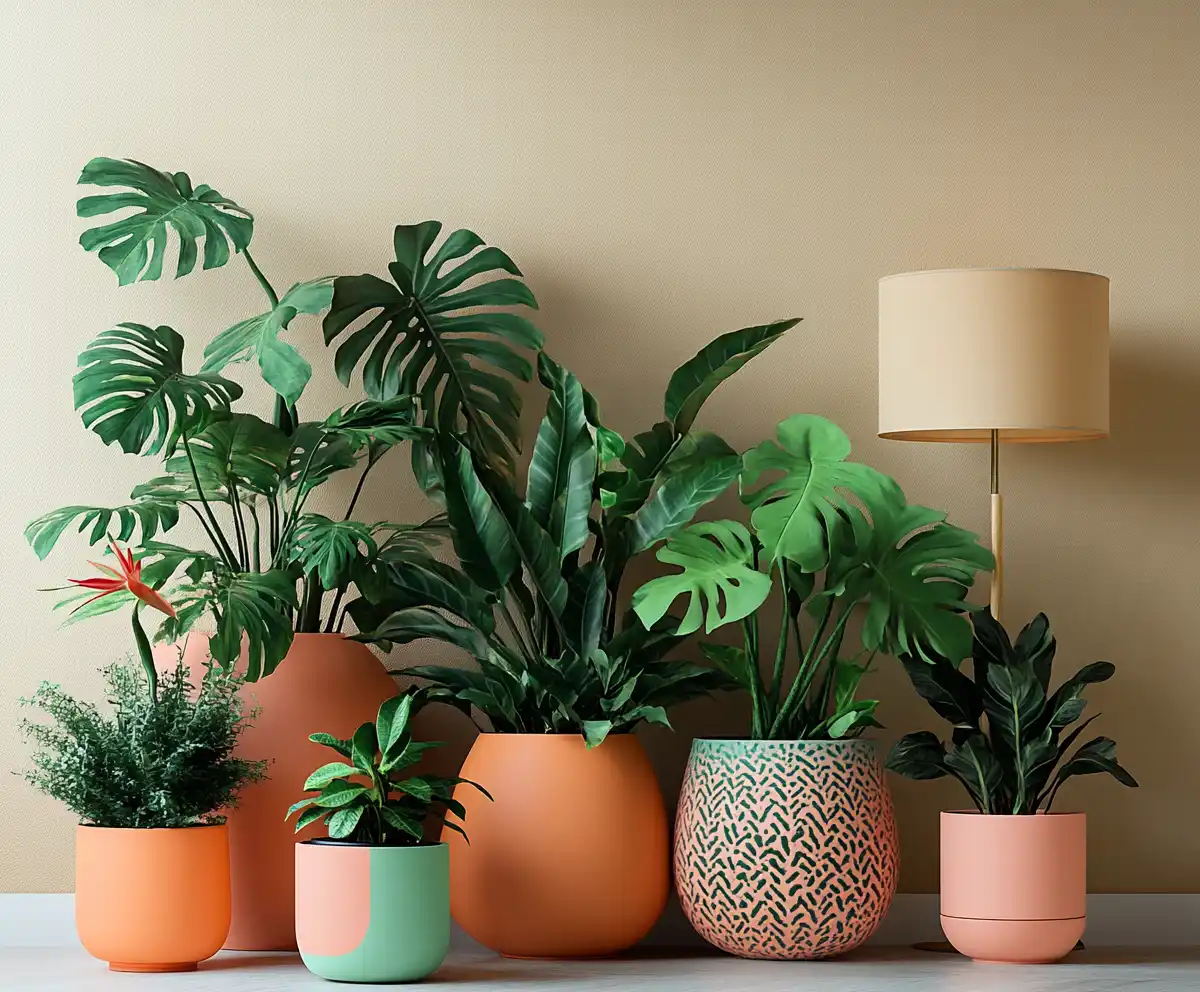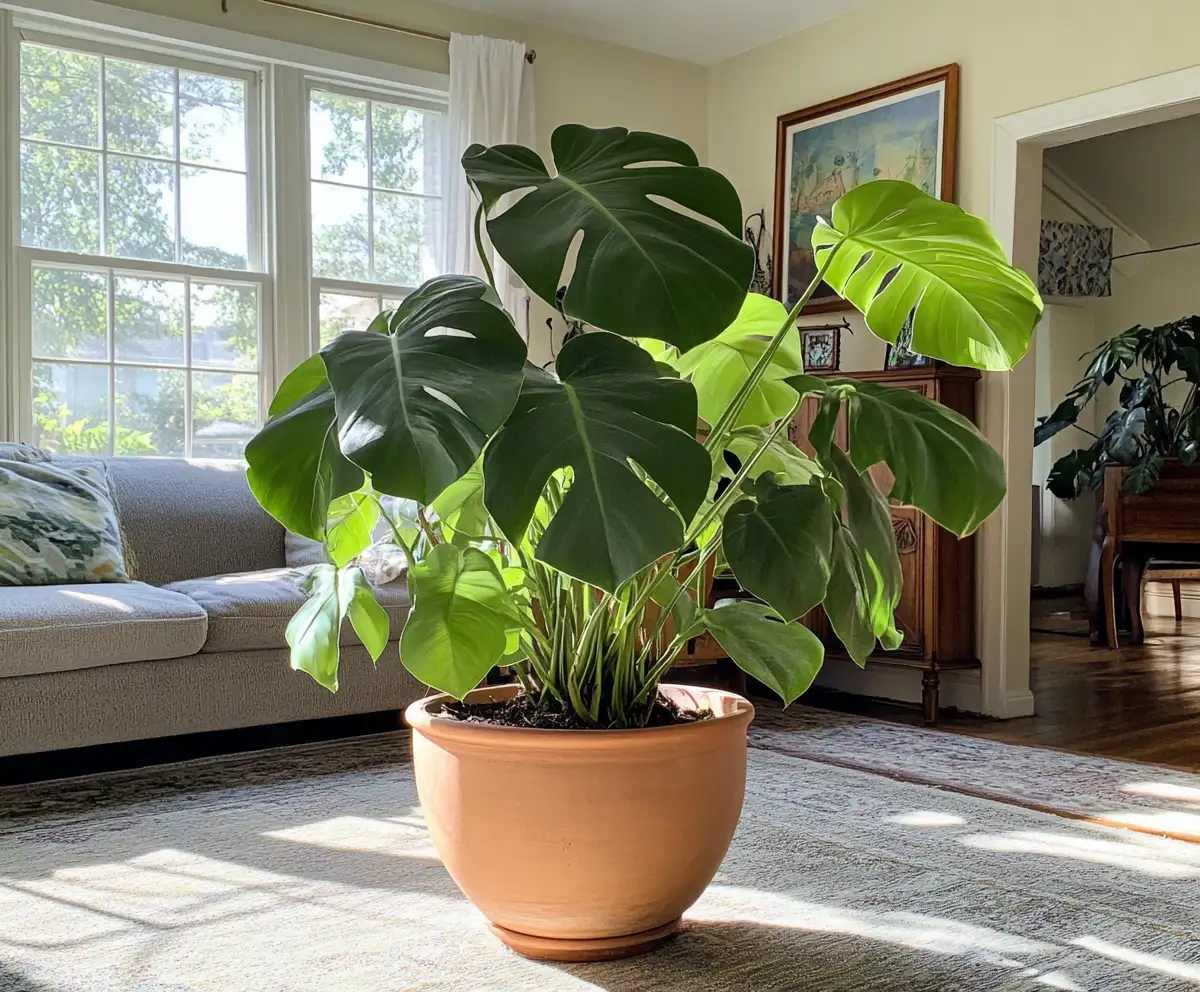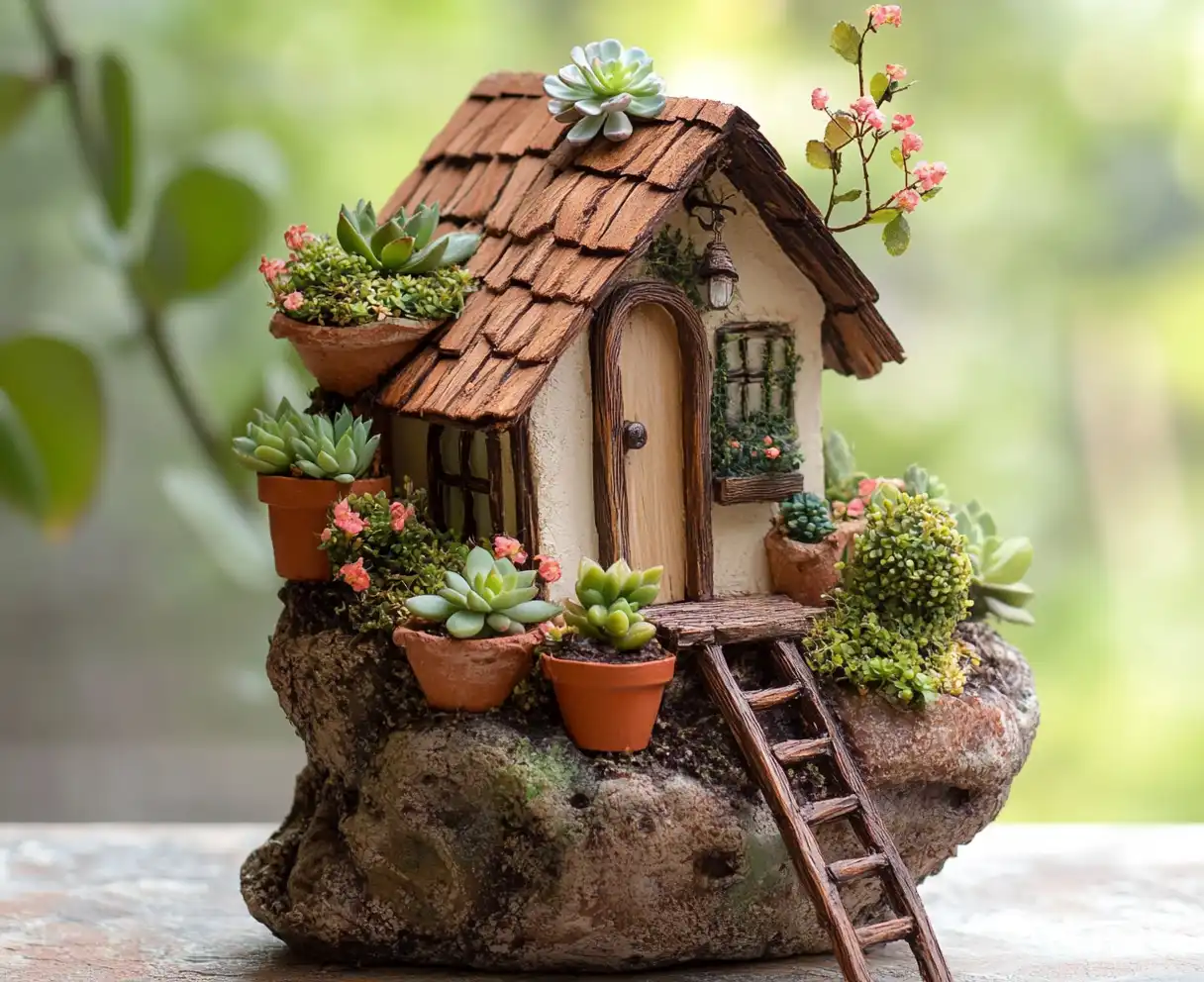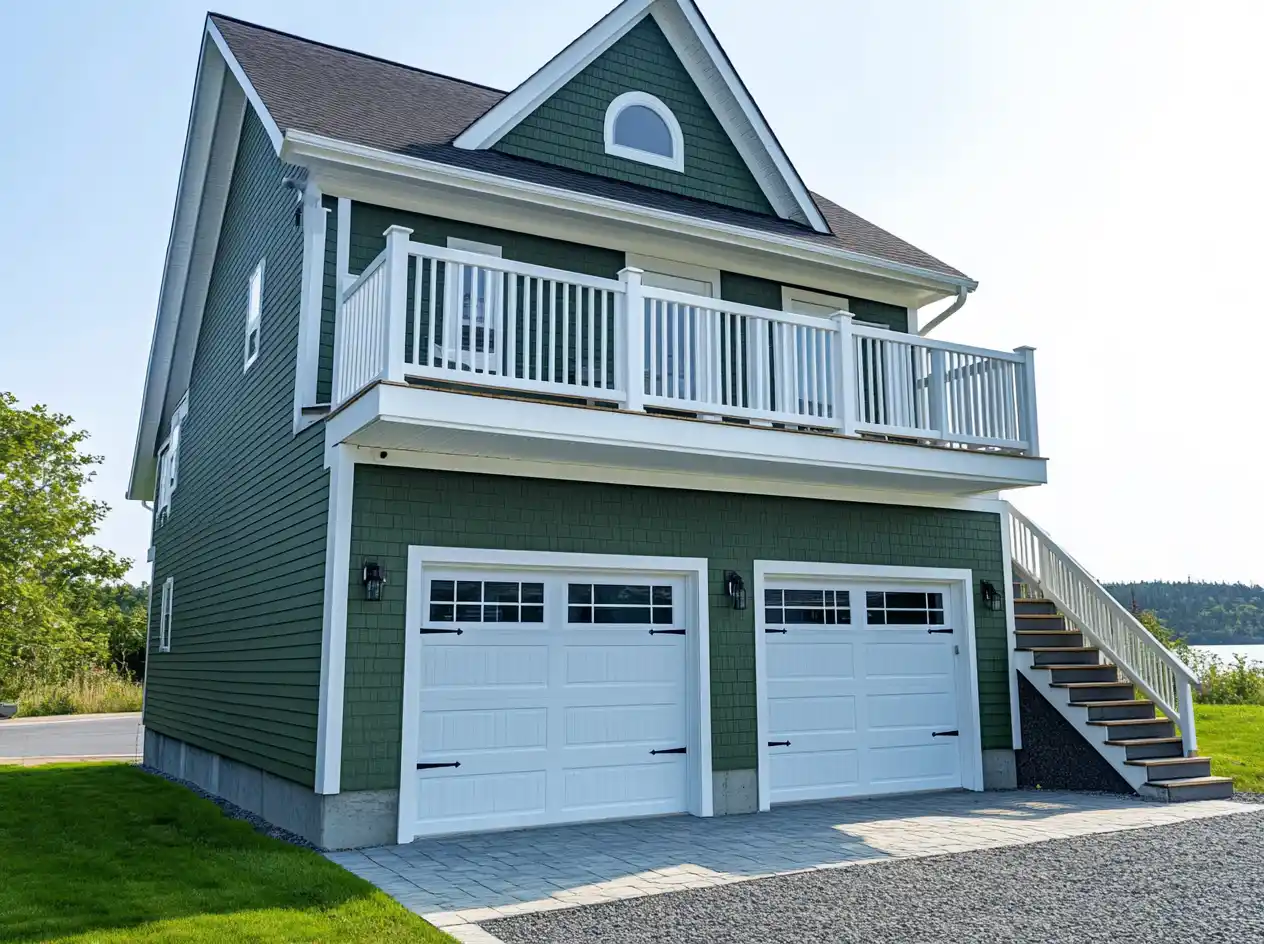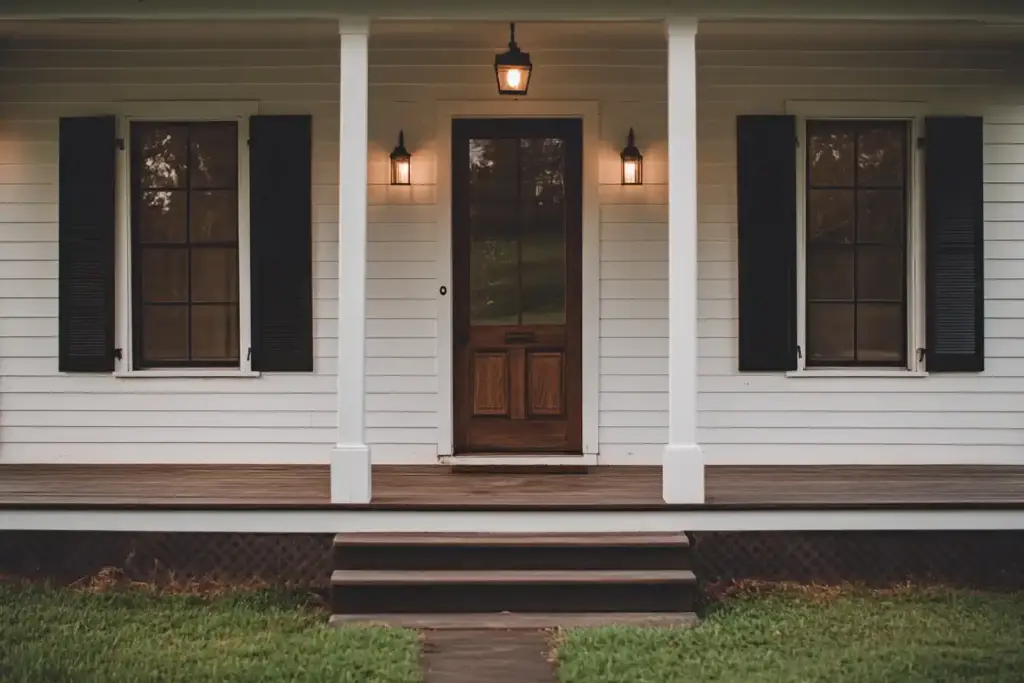If you’re looking to enhance your home’s curb appeal, transforming the space beneath your porch is an excellent first step. While traditional wood lattice has long been a common choice, it’s often lacking in durability and modern style. Thankfully, today’s homeowners have access to a wide array of porch lattice alternatives that combine aesthetic charm with practical benefits.
Whether you’re dreaming of a sleek, minimalist look or something more rustic and textured, these decorative porch lattice alternatives provide more than just coverage—they bring lasting value and creative flair. From vertical plank installations to faux stone skirting, the options are as varied as your design preferences.
And if you’re revamping your porch area, don’t overlook the surrounding elements. Pair your skirting with stylish planters for your front porch or choose from the best potted plants for sun and shade to complete the look. With so many porch lattice alternatives available, now’s the perfect time to reimagine your outdoor space.
.
Table of Contents
🪵 7 Alternatives to Traditional Porch Lattice
1. Classic Vertical Wooden Plank
For homeowners who appreciate timeless design, vertical wooden planks make an excellent porch lattice alternative. Their clean, upright orientation adds a sense of height and symmetry to your deck or porch, making even compact spaces feel grander.
These planks not only bring a polished, architectural appeal but also offer practical benefits—they’re highly weather-resistant when sealed properly, and they suit both rustic and modern homes. If you’re aiming for a classy finish without overcomplicating your build, this is a safe and stylish pick.
Tip: Choose cedar or redwood for natural resistance to moisture and decay.
2. Stunning Horizontal Wooden Planks
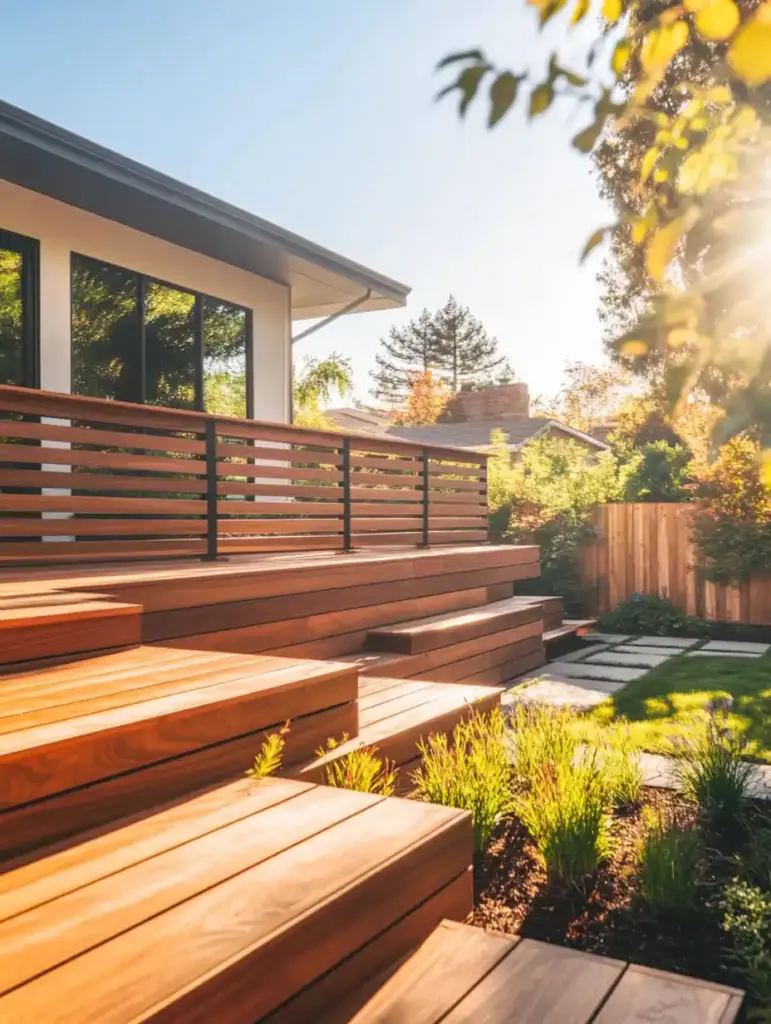
If you prefer a more grounded, layered look, horizontal wooden planks deliver a warm and inviting vibe. Their wide-set orientation creates a sense of spaciousness and adds horizontal balance to your home’s exterior.
This design is also one of the most customizable porch lattice alternatives. You can stack the boards with uniform gaps, alternate widths for dimension, or stain them to match or contrast your home’s exterior. It’s a flexible choice that enhances both curb appeal and creativity.
Pro Tip: Pair with ambient porch lighting to highlight the wood grain during evening hours.
3. Geometric Patterned Wooden Panels
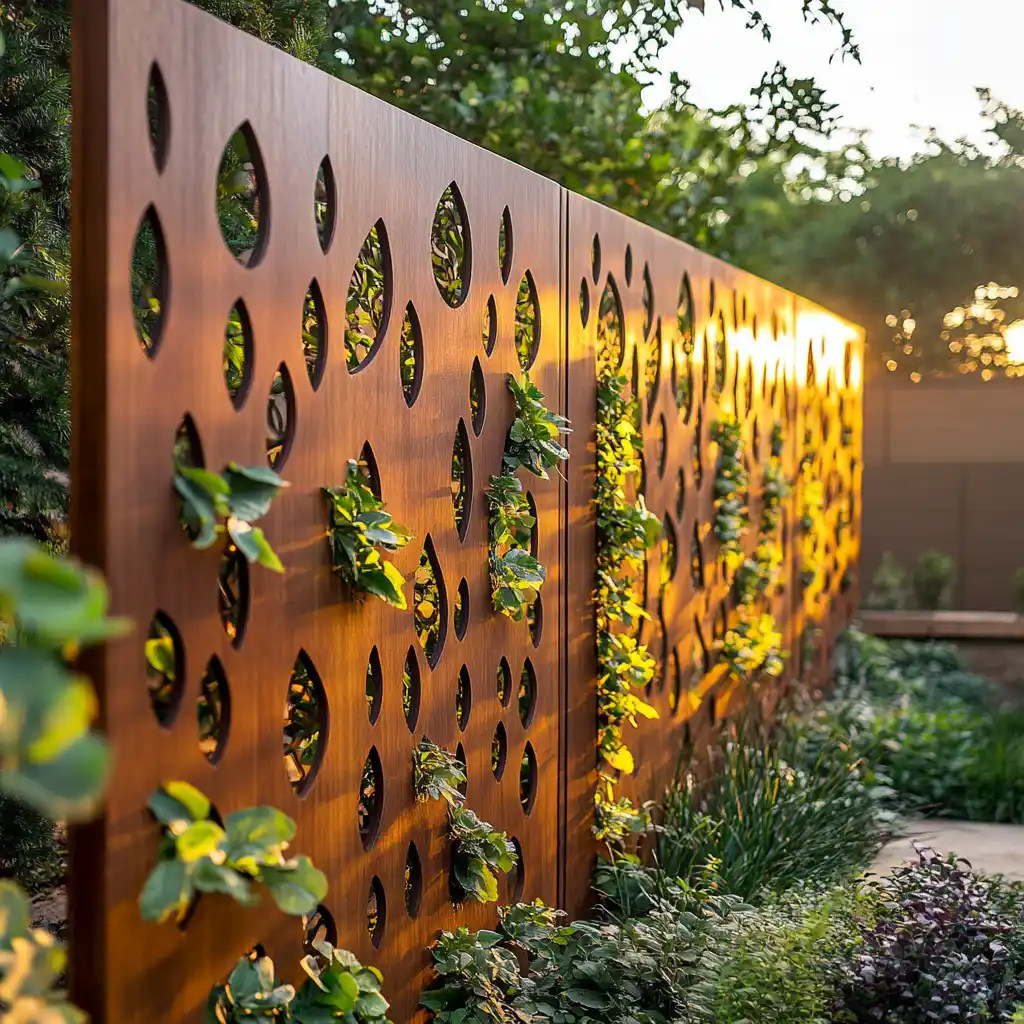
Looking for something more artistic? Patterned wooden panels allow you to ditch the standard slat look and opt for eye-catching geometric designs. Think cut-out triangles, diamonds, circles, or even custom motifs for a bespoke look.
These types of panels are ideal for homeowners who want their porch to reflect more personality. Plus, they serve as excellent partial screens, offering privacy without fully closing off the space.
Installation Tip: Precision cuts and a high-quality sealant are key to long-term performance and visual impact.
4. Rock Skirting
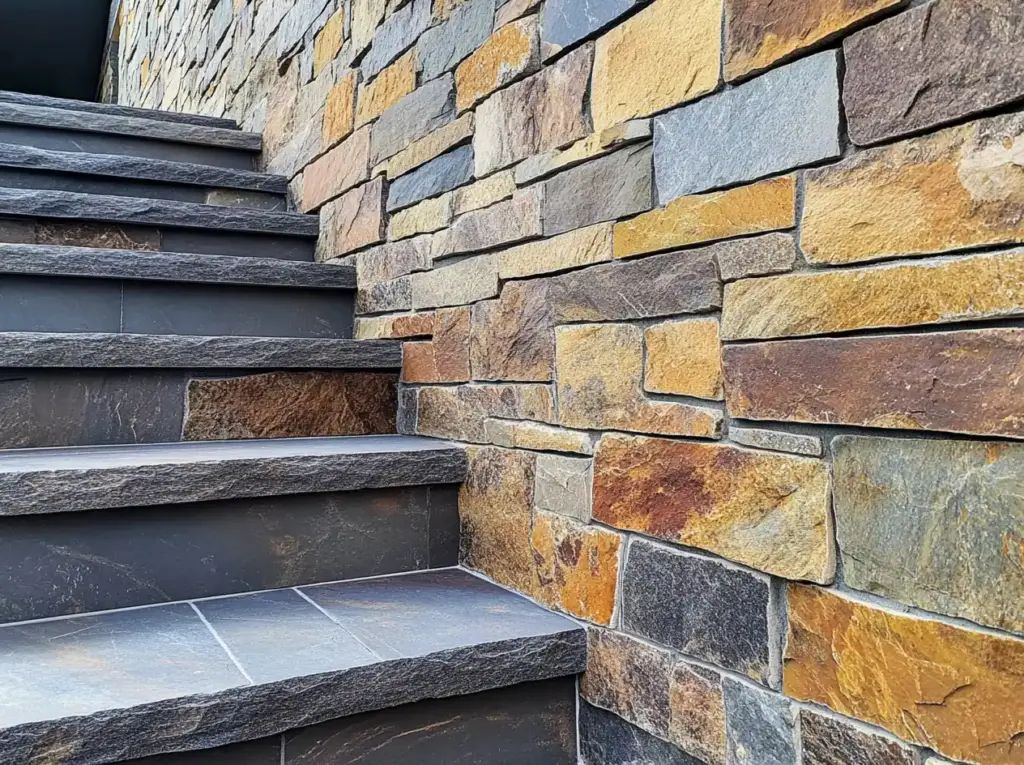
Want to add bold texture and a natural aesthetic to your porch foundation? Rock skirting is one of the most visually impactful porch lattice alternatives available. Whether you choose real stone or lightweight faux panels, rock skirting delivers a grounded, rustic charm that instantly boosts curb appeal.
Many homeowners love this option because it’s easy to install (especially the faux versions), requires little maintenance, and pairs well with wood, brick, or siding. It also works wonders in hiding structural elements or uneven ground under the porch.
Design Tip: Use darker rock tones for contrast or lighter tones to brighten shaded porch areas.
5. Bricks and Stones
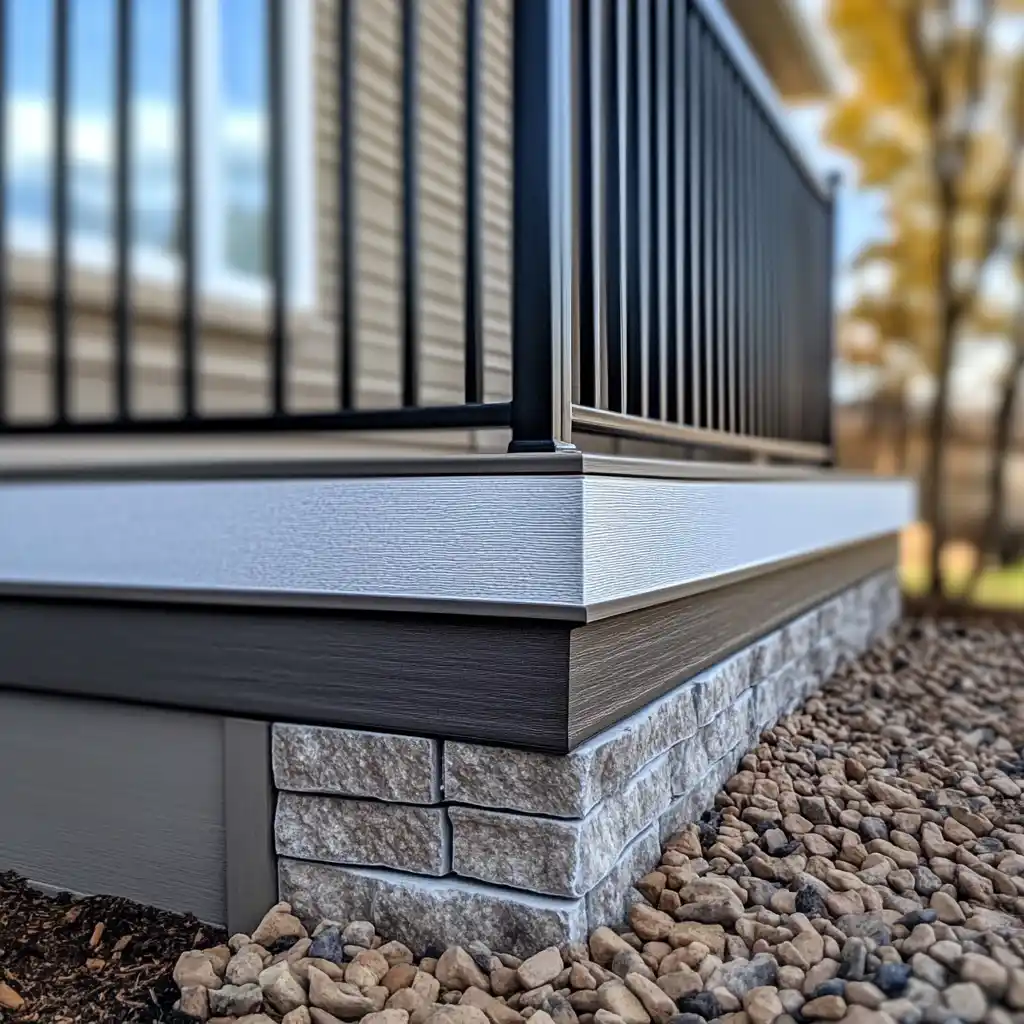
For a solid, permanent solution, nothing says “custom home” like a brick or stone skirt. This porch upgrade looks sleek, polished, and expertly crafted—because, in most cases, it is. It typically requires professional installation, especially if mortar or adhesive systems are involved.
What makes this one of the standout porch lattice alternatives is its architectural integrity. It blends seamlessly with homes that already feature masonry, adding continuity and a high-end finish to your exterior.
Budget Insight: While more expensive upfront, this option adds long-term value and lasting strength.
6. Patterned Vinyl Lattice
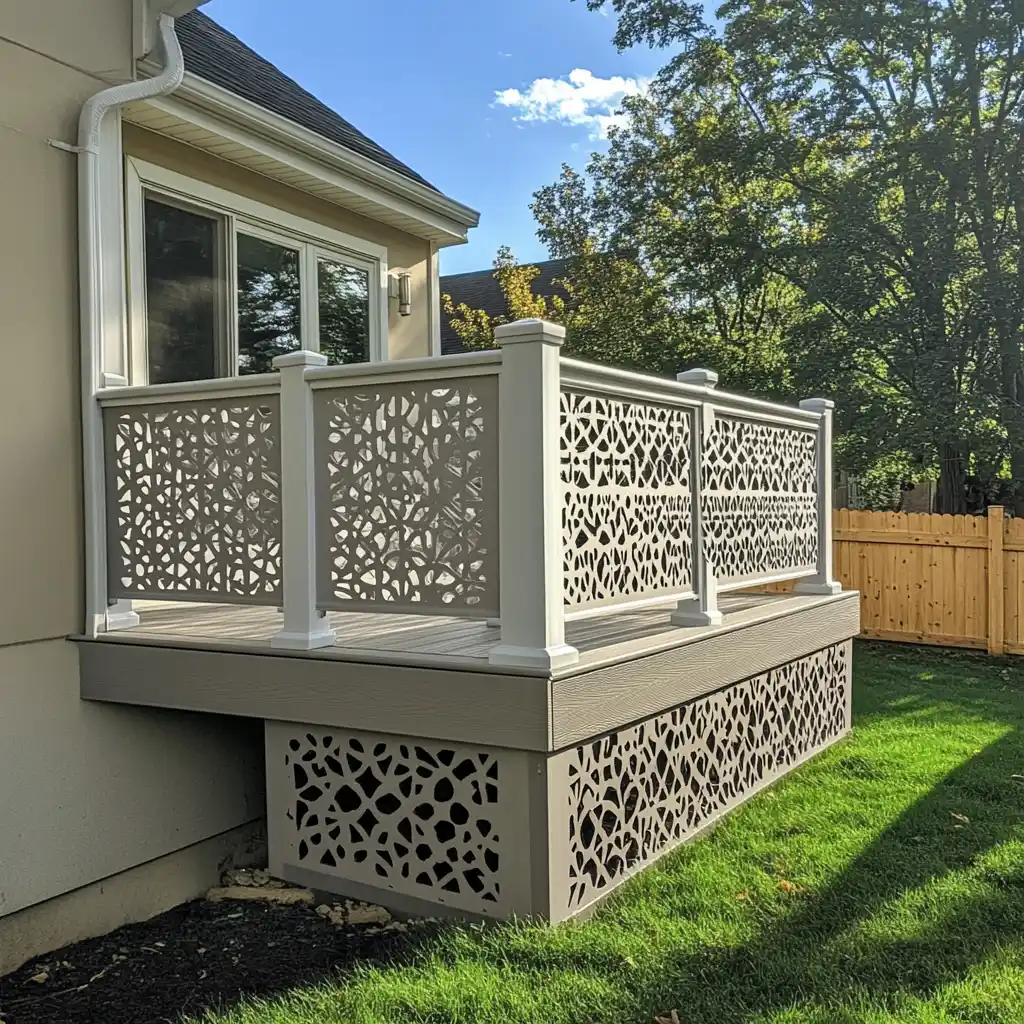
Love the classic lattice look but want a weatherproof, low-maintenance upgrade? Patterned vinyl lattice is a fantastic substitute for wood. It offers the same open-grid design but with enhanced durability, resistance to rot, and a wide variety of patterns and colors.
You can find modern twists on the traditional crisscross style, including diagonal, square, and even floral cutouts. Vinyl panels are also incredibly easy to install and clean, making them ideal for DIYers.
Pro Tip: Go for UV-resistant vinyl to maintain color integrity over time.
7. Storage Space Enclosure
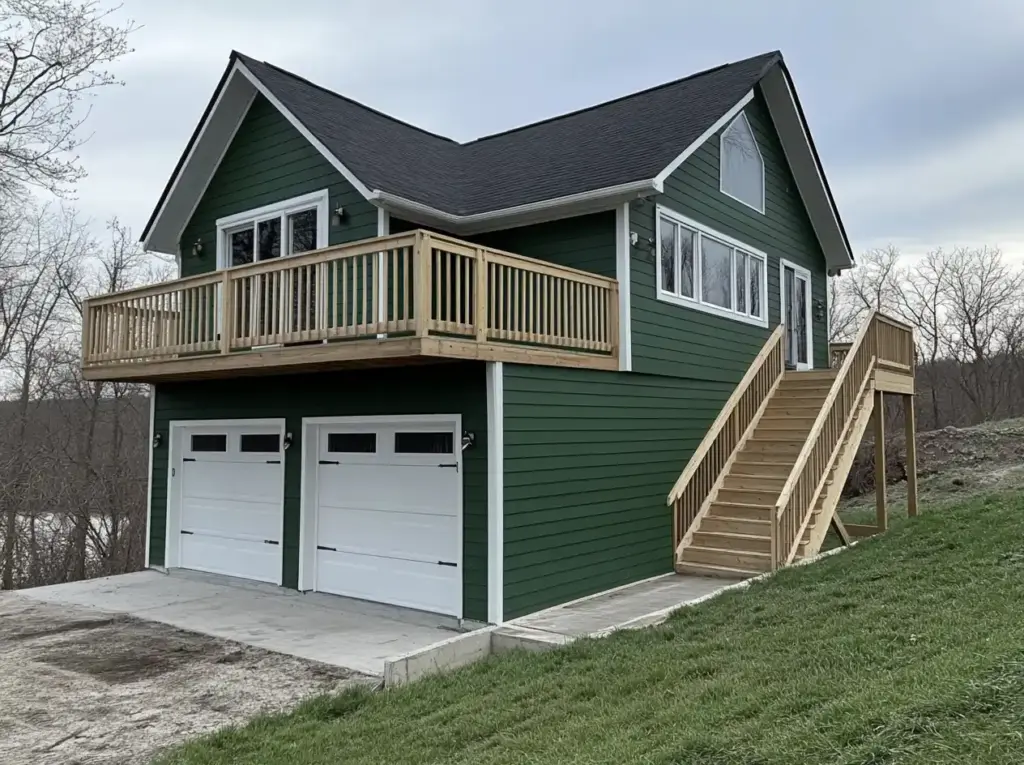
For homeowners who value utility as much as style, enclosing the space under your porch as a storage area is a smart move. Instead of leaving the area open or hiding it with decorative panels, you can build a fully enclosed unit that doubles as a mini shed, workspace, or even a kids’ play area.
This option is perfect for porches with significant elevation or depth underneath. It keeps yard tools, seasonal decor, or recreational gear neatly hidden away—while still enhancing your porch’s visual appeal with doors, siding, or decorative trim.
Creative Uses: Convert the space into a potting bench area or add seating nooks for a shaded retreat.
🌼 Additional Enhancements Around the Porch
Ground-Level Planting & Decor
Landscaping around the base of your porch can soften hard lines and enhance your chosen lattice alternative. Add low-maintenance flowers or groundcovers that thrive in partial shade, such as hostas, impatiens, or ferns.
Climbing ivy or creeping vines can look gorgeous growing around wooden or vinyl panels—but keep in mind, they can cause long-term damage if not managed properly.
Garden Tip: Use planter boxes or decorative pots to avoid invasive root spread near woodwork.
Pavers or Decorative Gravel
If the area around your porch doesn’t support grass, pavers or decorative gravel are great low-maintenance alternatives. They add structure, boost curb appeal, and improve drainage—especially when combined with weed barrier fabric underneath.
You can also use this zone to create a cozy sitting area or a tidy path around the porch perimeter.
DIY Tip: Concrete molds make it easy to pour custom paver shapes and patterns.
Under-Deck Ground Protection
No matter which porch lattice alternative you choose, don’t overlook the ground beneath your porch. Use landscaping fabric, gravel, or concrete pads to protect against weed growth, pests, and moisture.
This not only keeps your storage space clean but also reduces long-term maintenance and supports better airflow.
Bonus: A well-prepped under-deck space is a great place to tuck away seasonal items or install hidden lighting for a subtle evening glow.
❓ Frequently Asked Questions (FAQ)
What can I use instead of lattice under a porch?
You can replace traditional lattice with vertical or horizontal wooden planks, patterned vinyl, rock skirting, brick, stone, or even a fully enclosed storage space. These porch lattice alternatives provide better durability, style, and functionality.
Is vinyl lattice better than wood?
Vinyl lattice is more durable and low-maintenance than wood. It resists rot, insects, and UV damage, making it a great option for homeowners looking for longevity without frequent upkeep.
Can I enclose the space under my porch?
Yes, enclosing the area under your porch is both a functional and attractive solution. You can use siding, hinged doors, or framed panels to create a storage space, workshop, or play area—turning wasted space into a usable zone.
How do I make the area under my porch look nice?
Start by selecting a decorative skirting option, like stone or wood planks. Then enhance the look with landscaping—such as shaded plants, gravel paths, or paver borders—to create a clean and polished finish.
Does porch skirting help with pests or moisture?
Yes, proper porch skirting with ground protection—like gravel or landscaping fabric—can reduce pest access and moisture buildup. It improves ventilation, prevents weed growth, and helps maintain a tidy space under your deck.
author:🏡 Conclusion
Whether you’re leaning toward classic charm, a sleek modern touch, or a more functional upgrade, there’s no shortage of porch lattice alternatives to bring new life to your outdoor space. From the rustic elegance of wooden planks to the solid, professional finish of brick or stone, each option offers a chance to personalize your porch skirting with style and purpose.
Your perfect solution depends on your home’s architecture, your budget, and how you plan to use the space beneath your porch. For added utility, consider turning that area into a storage enclosure or workspace. To boost the surrounding beauty, explore rock landscape ideas or incorporate low-maintenance potted plants.
So why settle for outdated lattice? With today’s porch lattice alternatives, you can build a porch that’s not only beautiful—but smart, functional, and uniquely you.
🌿 Love gardening inspiration? Follow me on Pinterest for bold plant ideas, tips, and seasonal color!
More Posts
